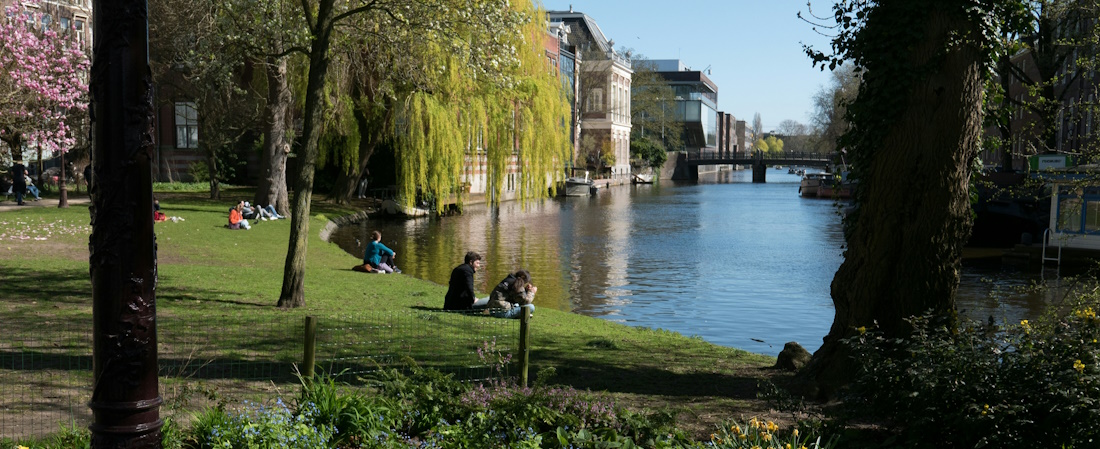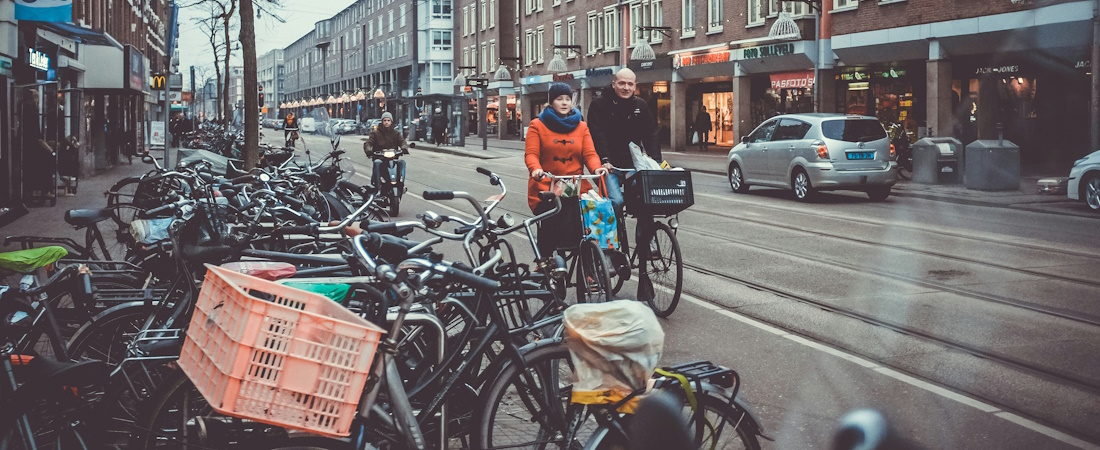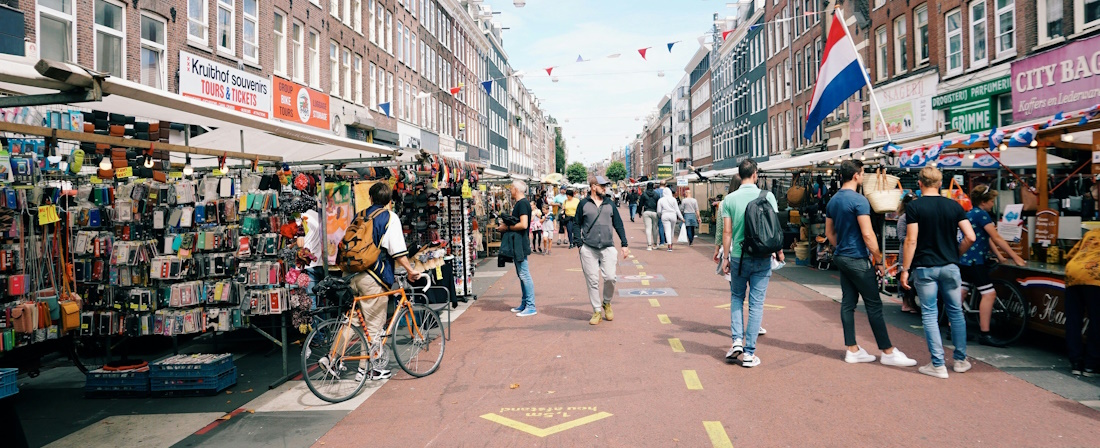Living in Amsterdam as an expat
Amsterdam has long been one of the world’s top travel spots, but the capital of the Netherlands is fast becoming a preferred expat destination too. A culturally diverse city, rich in history and tradition, Amsterdam boasts pretty canals, jaw-dropping architecture, and a phenomenal artistic heritage.
Visitors are drawn to Amsterdam for more than just its photo-worthy canals; many tourists come to experience the illicit thrills of its Red-Light District and coffee shops. Be that as it may, those who choose to make the city their long-term home tend to stay for the laid-back lifestyle.
Although you’ll share Amsterdam’s high quality of life with locals, expats often find their experience shaped by different dynamics. Language can also play a role; most Dutch people speak English fluently, but learning Dutch opens more doors socially and professionally. Social life may initially revolve around expat groups and events designed for newcomers.
Working in Amsterdam
The job market in Amsterdam is buzzing, making it an attractive city for ambitious expats. Working in Amsterdam means you’ll find opportunities in thriving industries like technology, finance, and creative fields. The city’s status as a global tech hub draws both innovative startups and major players in fintech and software development. Creative professionals thrive too, with design, media, and advertising contributing to the economy.
If you’re from outside the EU, be prepared for the paperwork. Securing a work visa or residence permit usually requires employer sponsorship. Highly skilled migrants may benefit from streamlined processes, but knowing the rules is crucial to securing your spot in this dynamic city.
Working in Amsterdam
Work Permits in the Netherlands
Finding accommodation in Amsterdam

Finding accommodation in Amsterdam can feel like navigating a maze due to its competitive housing market. Recent policies like the Affordable Rent Act aim to cap rents for middle-segment properties, making housing somewhat more accessible.
Many expats look to the suburbs for a more budget-friendly option. Amsterdam-Noord has emerged as a lively area with modern housing and cultural hotspots, while Nieuw-West offers affordable homes with excellent links to the city centre. Popular neighbourhoods like Bos en Lommer and Indische Buurt in Amsterdam-Oost provide diverse communities and lower rents without sacrificing convenience.
Renting Accommodation in Amsterdam
Best Places to Live in Amsterdam
Cost of living in Amsterdam
Perhaps the greatest downside is that living in Amsterdam comes with a high price tag, but it’s worth it for many expats seeking a top-tier lifestyle. While groceries are relatively affordable, dining out and housing are the biggest expenses. Compared to cities like London or Paris, Amsterdam offers a slightly lower cost of living, but the gap is closing.
Living in Amsterdam with children

Living in Amsterdam with children means enjoying a wealth of family-friendly activities and attractions. The NEMO Science Museum offers interactive exhibits that captivate young minds, while ARTIS Amsterdam Royal Zoo delights with its diverse animal displays, aquarium, and planetarium. Parks like Vondelpark and Amstelpark provide playgrounds, open spaces, and even petting zoos, perfect for family outings. Canal cruises also offer a unique way to experience the city from the water.
Childcare is accessible and varied, ranging from daycare centres (kinderdagverblijf) to home-based childminders (gastouders), catering to children from six weeks to four years old.
Healthcare in Amsterdam is also some of the best in the world. Expats who are from outside the EU should secure private medical insurance to avoid incurring hefty bills.
Healthcare and Hospitals in Amsterdam
Finding a school in Amsterdam
Finding a good school in Amsterdam is straightforward, thanks to the city’s superlative education system. International schools offer comprehensive curricula, often integrating Dutch and English. Amsterdam stands out among European cities for its extensive network of bilingual schools, providing flexibility and inclusivity for diverse learners.
School and Education for Expats in Amsterdam
Best International Schools in Amsterdam
Getting around in Amsterdam

With an efficient public transport network and legendary bicycle culture, getting around in Amsterdam is a breeze. The city’s buses, trams, and metro services are operated by GVB, offering extensive connectivity across Amsterdam.
Cycling is the undisputed king of the commute here. The city continues to invest in cyclist-friendly infrastructure, from expanded bike paths to safety measures at high-risk intersections.
Public Transport, Driver’s Licences, and Driving in Amsterdam
Climate and weather in Amsterdam
Climate and weather in Amsterdam are famously mild yet unpredictable. The city sees rainfall throughout the year, so having a waterproof jacket is a must. Winters bring frosty mornings, while summers are pleasantly warm, perfect for outdoor events and canal-side lounging. On rainy days, Amsterdam’s world-class museums and cosy cafés ensure you’ll never be short of things to do.













